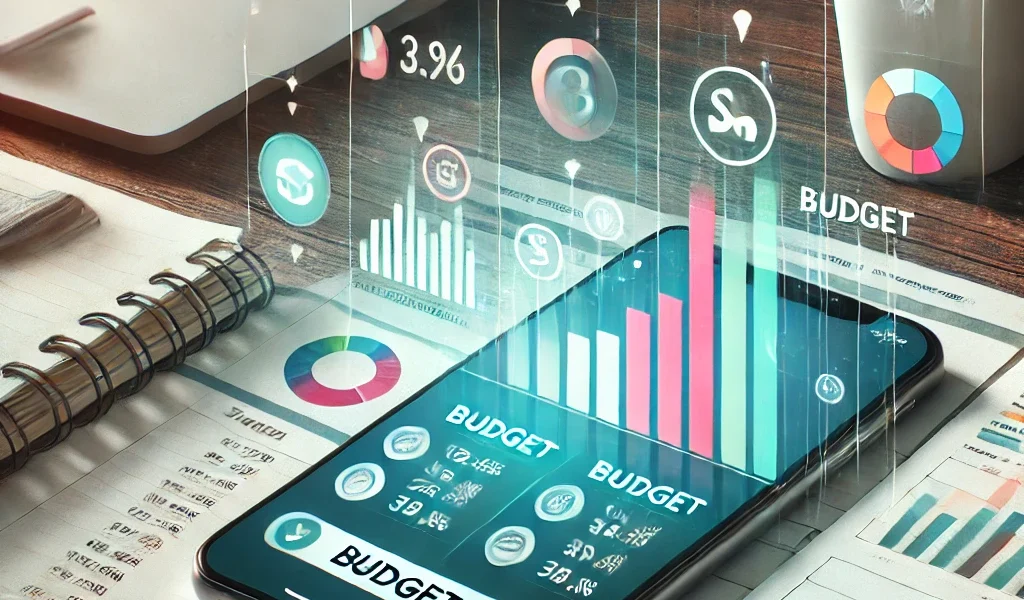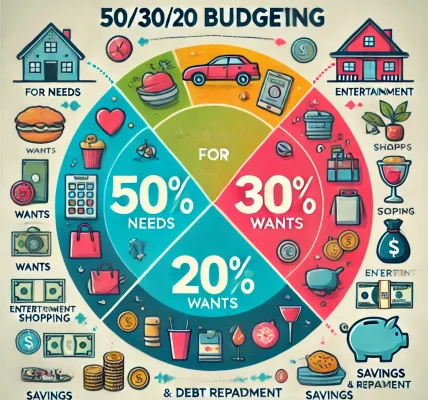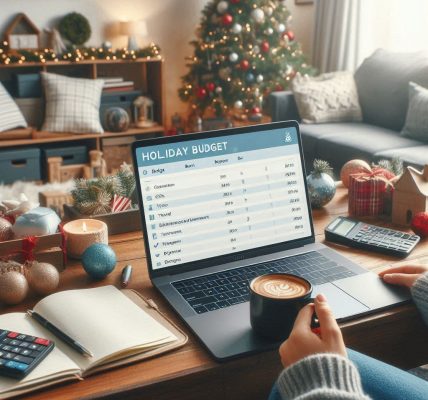In today’s fast-paced digital age, moving from traditional paper budgeting to modern digital tools can significantly enhance your financial management. Whether you’re aiming for a more efficient budgeting experience or simply looking for a way to streamline your financial goals, digital tools offer multiple benefits such as real-time tracking, easy updates, and the ability to analyze data with just a few clicks. In this guide, we’ll walk you through how to make a smooth and effective transition from paper budgeting to digital tools.
Why Move from Paper Budgeting to Digital Tools?
1. Convenience and Accessibility:
With digital tools, you can access your budget anytime, anywhere, from your smartphone, tablet, or computer. This level of convenience ensures that you can always stay on top of your finances, whether you’re at home or on the go.
2. Real-Time Updates:
Unlike paper budgeting, digital tools allow for immediate updates. As soon as a transaction is made, it can be logged into your budget, providing you with real-time insights into your spending.
3. Improved Accuracy:
Manual errors are inevitable when using paper-based systems. By switching to digital tools, you reduce the chances of mistakes and ensure that your financial data is accurate.
4. Advanced Features:
Digital budgeting tools often come with advanced features like automatic categorization, expense tracking, debt reduction calculators, and investment management—tools that simply can’t be replicated on paper.
Step-by-Step Guide to Transitioning from Paper to Digital Budgeting Tools
1. Assess Your Current Paper Budgeting System
Before making the transition, take a moment to evaluate how you’re currently budgeting on paper. Are you using spreadsheets, a physical ledger, or a simple notebook? Identify the strengths and weaknesses of your existing system. This will help you choose a digital tool that matches your needs.
2. Choose the Right Digital Budgeting Tool
There are several digital tools available in the market, each offering unique features. Some of the popular ones include:
- Mint: A free app that tracks expenses, categorizes transactions, and provides credit score monitoring.
- YNAB (You Need A Budget): A powerful budgeting tool designed to help you take control of your spending and focus on your financial goals.
- EveryDollar: A budgeting tool that helps you create a zero-based budget, ensuring every dollar has a job.
- PocketGuard: This app helps you avoid overspending by showing how much disposable income you have left after accounting for bills and savings goals.
Consider your needs—whether you need simple expense tracking or a more detailed budgeting and financial planning solution—and choose a tool that fits your preferences.
3. Input Your Existing Data
Once you’ve chosen your digital tool, begin by inputting the data from your paper budget. This might involve manually entering your income, expenses, and savings goals into the new platform. Many digital tools also offer the option to sync with your bank accounts, automatically pulling in your transaction data, which can save you time in the long run.
4. Organize Categories and Set Up Goals
Digital tools allow you to categorize your spending and income in a way that makes sense for your lifestyle. Set up categories like groceries, rent, utilities, savings, etc. Additionally, use the budgeting tool to set financial goals, such as saving for a vacation or paying off credit card debt. Digital tools make it easier to track your progress toward these goals over time.
5. Monitor and Adjust Regularly
The beauty of digital tools is that they allow for easy monitoring of your finances. Check your budget regularly, whether weekly or monthly, to make sure you’re staying on track. If something unexpected comes up, like a large expense or a change in income, adjust your budget accordingly. Most digital budgeting tools will notify you of overspending or if you’re nearing your budget limit in any category.
6. Take Advantage of Reporting Features
Many digital tools offer detailed reports and graphs that give you a clear overview of your financial health. Use these features to analyze spending patterns, see where you can cut back, and track your progress toward your financial goals. This level of insight is something paper budgeting simply can’t provide.
7. Stay Committed to Your New System
The initial transition to digital budgeting may feel challenging, especially if you’re used to writing everything down on paper. However, stay committed to using your new digital system. Over time, you’ll find that it offers far more flexibility and ease, and you’ll be able to manage your finances more effectively than ever before.
Benefits You’ll Enjoy Post-Transition
1. Enhanced Security:
Digital budgeting tools often come with features like password protection and two-factor authentication, keeping your financial data secure. Additionally, if you lose your device, you can often recover your budget from cloud storage.
2. Automated Updates:
No more manual calculations or endless paper tracking. Digital tools will automatically update your transactions, ensuring that your financial data is always current.
3. Integration with Other Financial Tools:
Many digital budgeting tools integrate with other financial platforms, such as investment apps, debt management tools, and even tax software, making your entire financial ecosystem more seamless.
Conclusion
Making the transition from paper budgeting to digital tools may feel like a big step, but it’s one that will significantly improve your ability to manage and track your finances. By choosing the right digital budgeting tool and taking the time to set it up properly, you’ll be able to access real-time data, make smarter financial decisions, and achieve your financial goals more easily.




